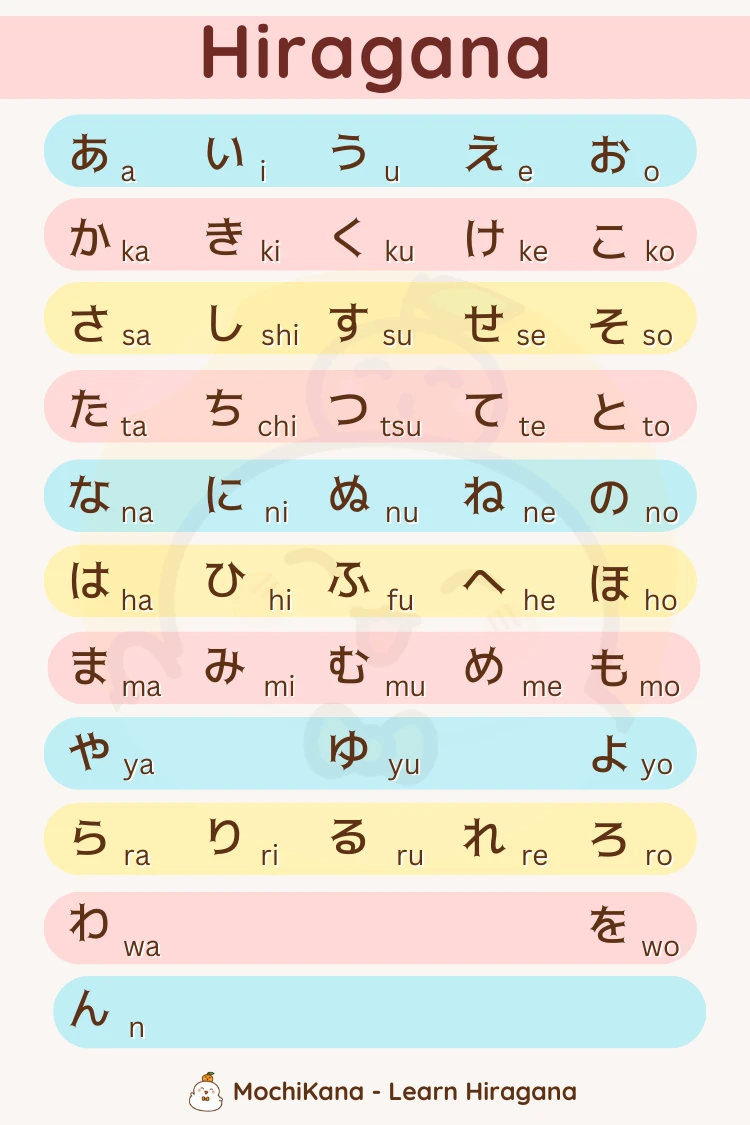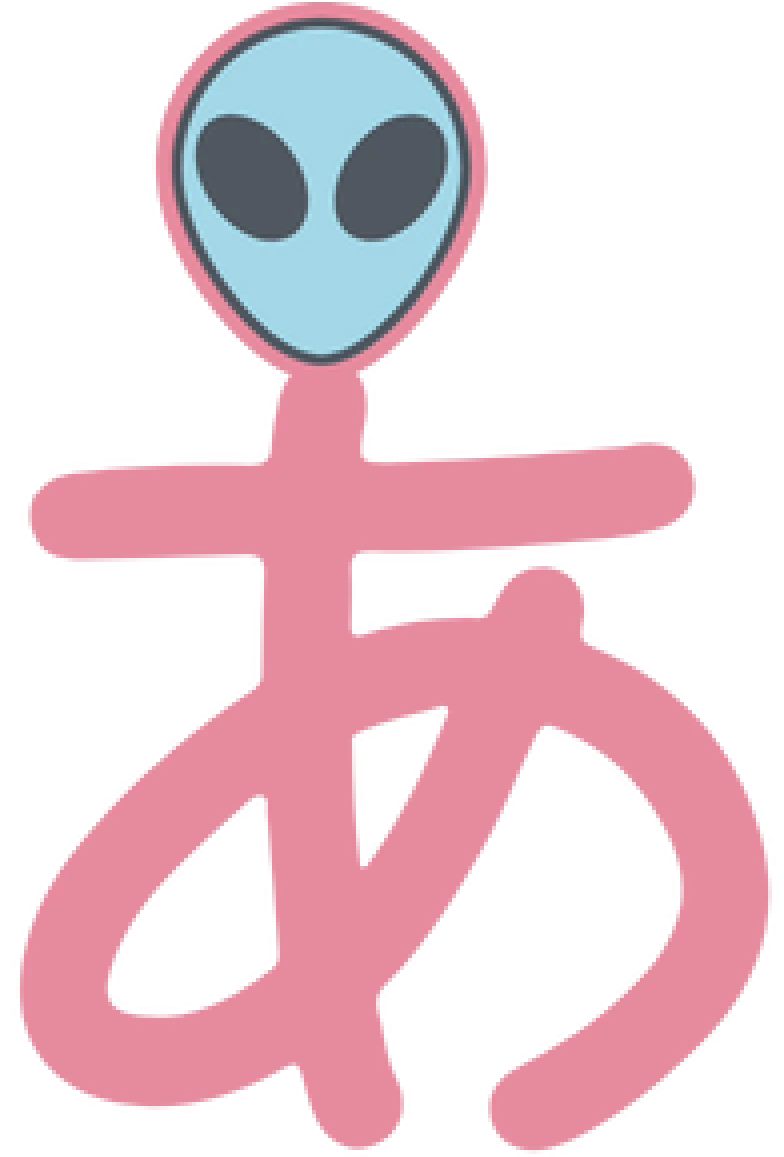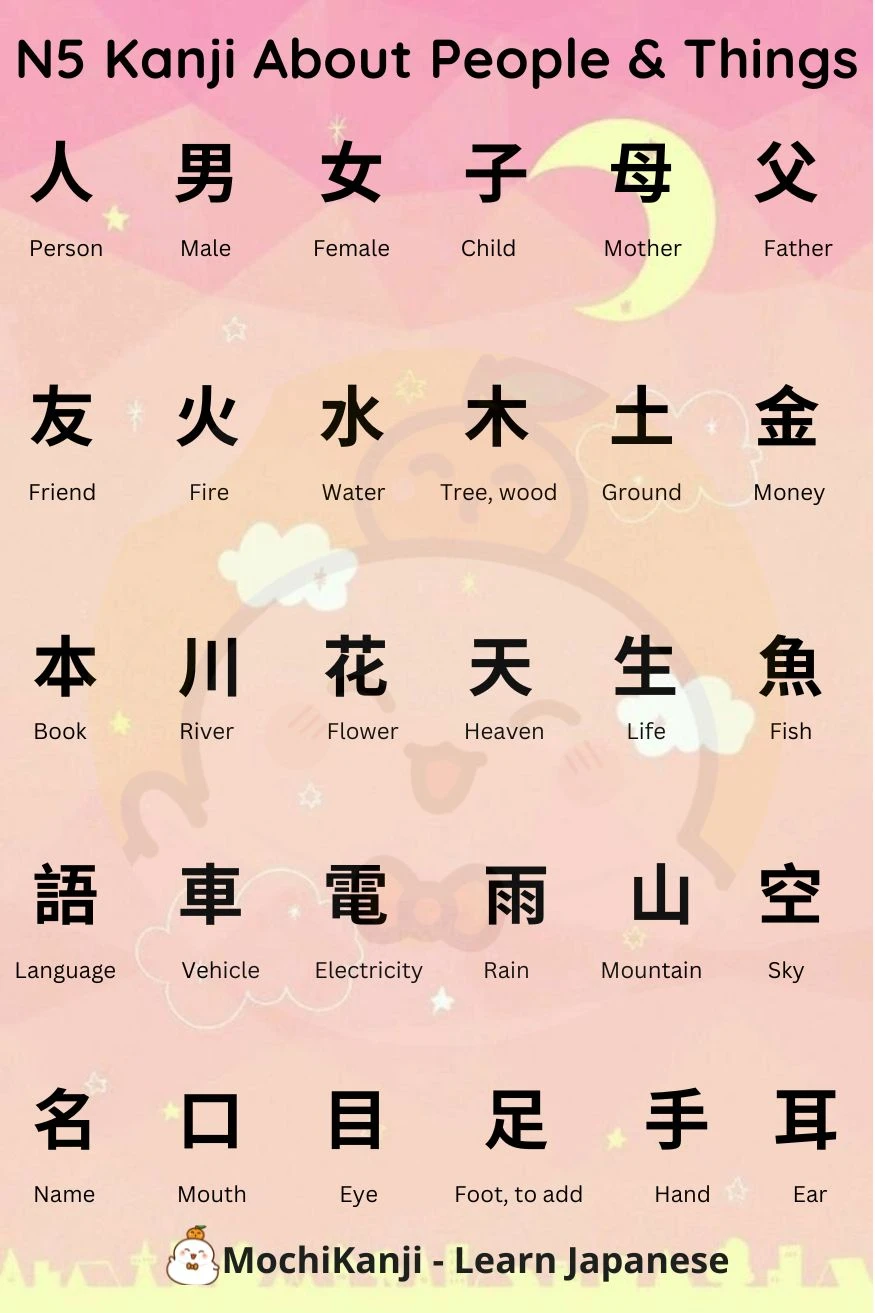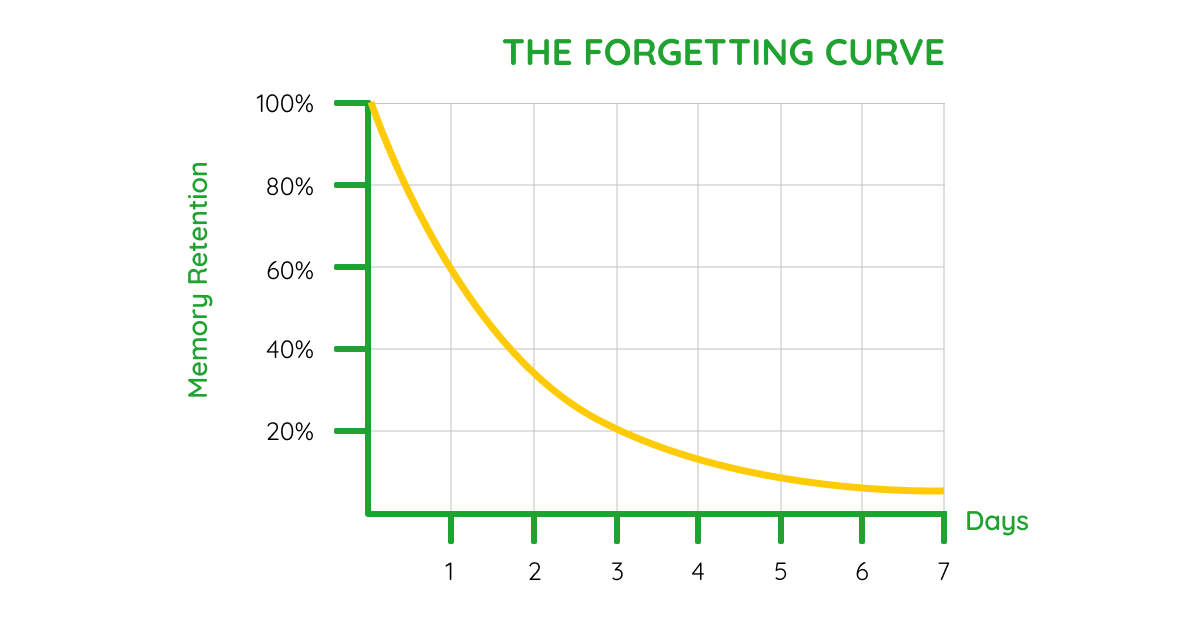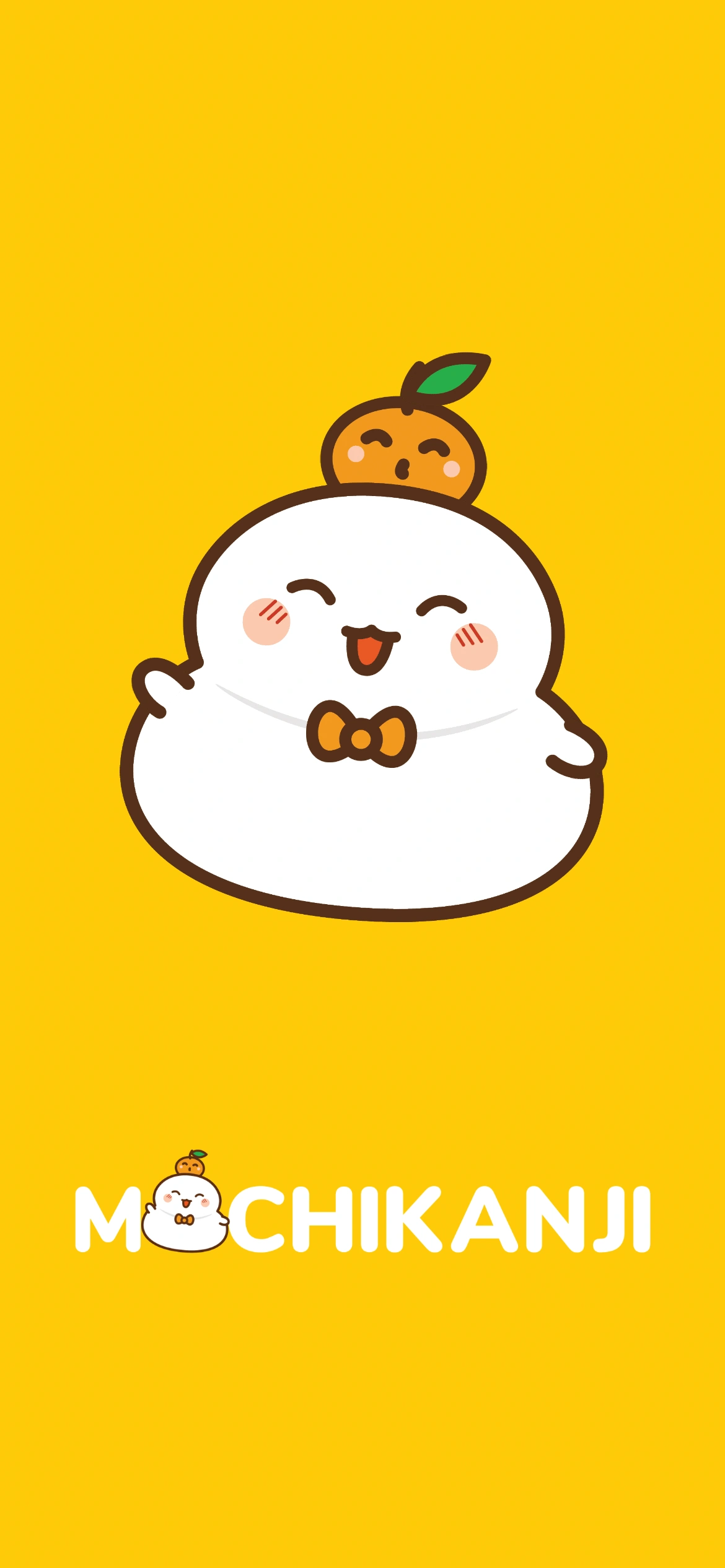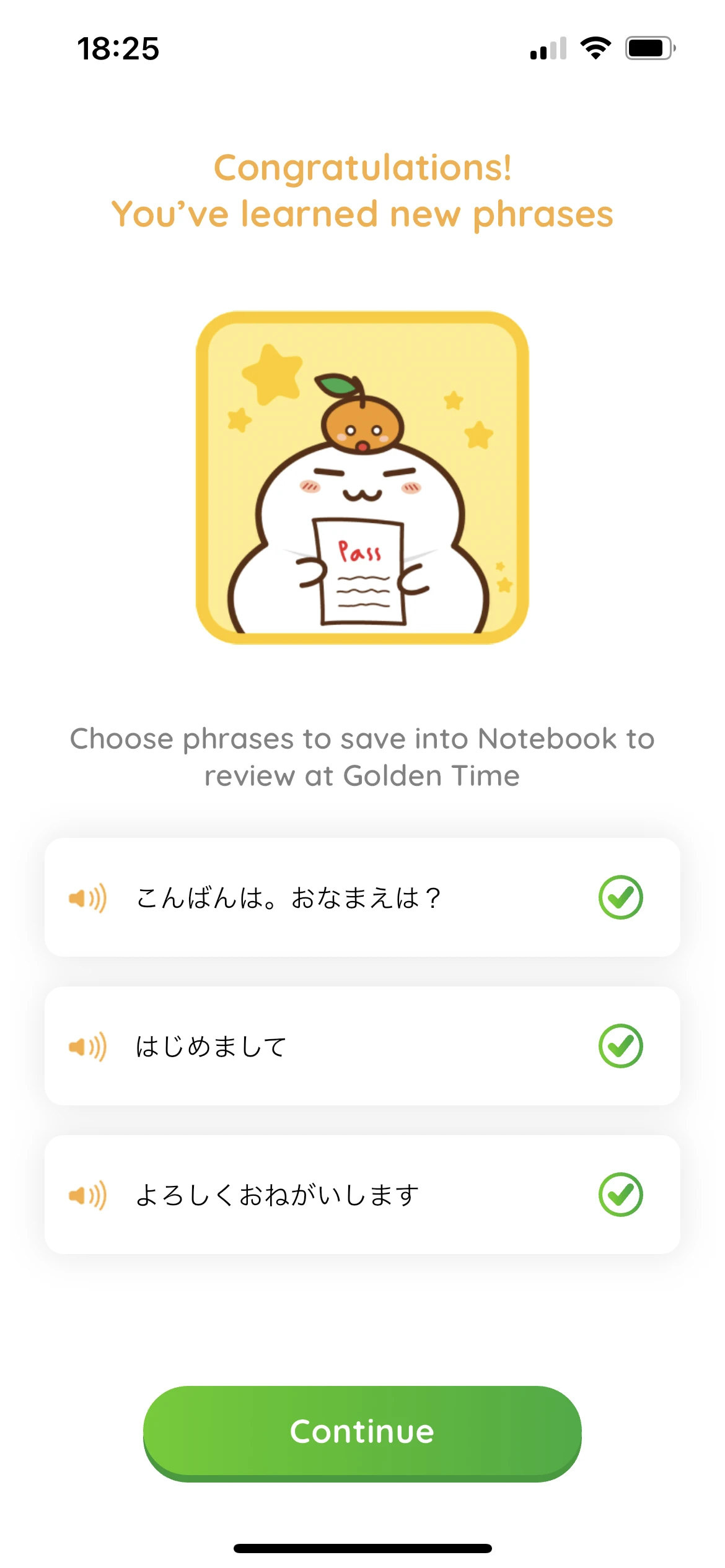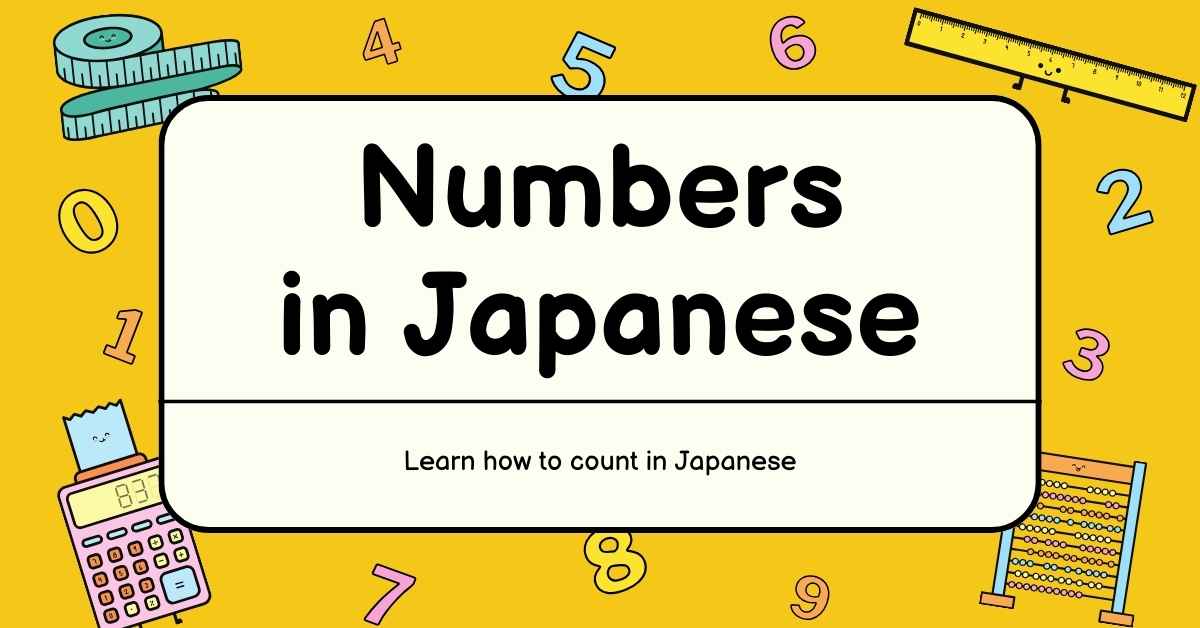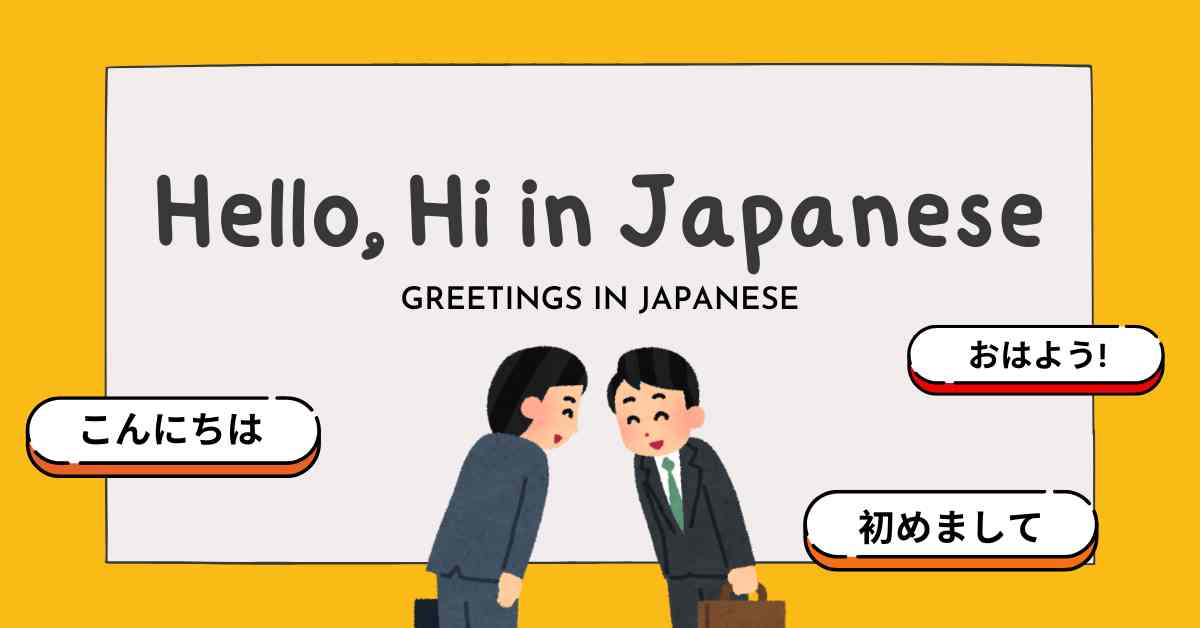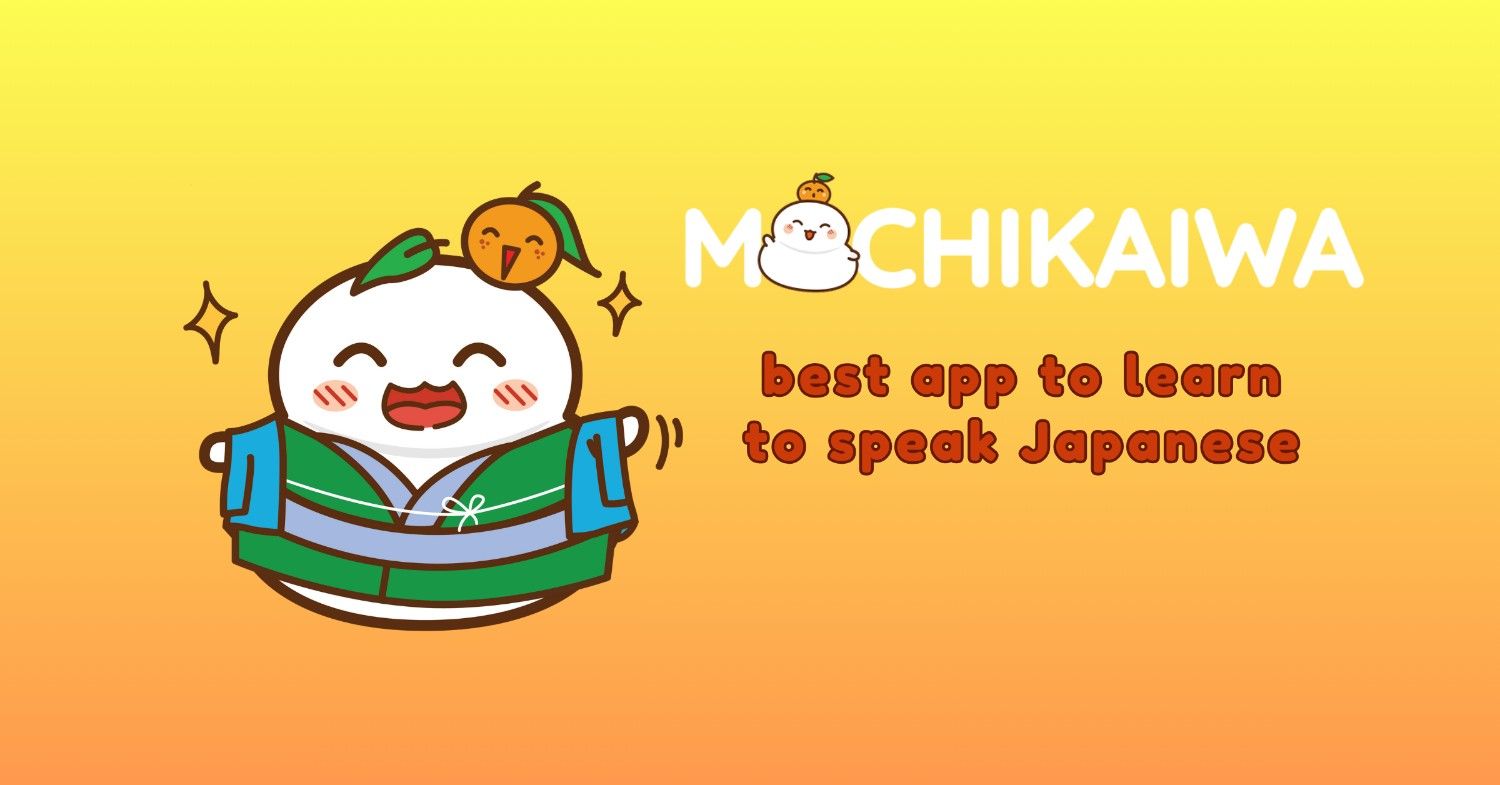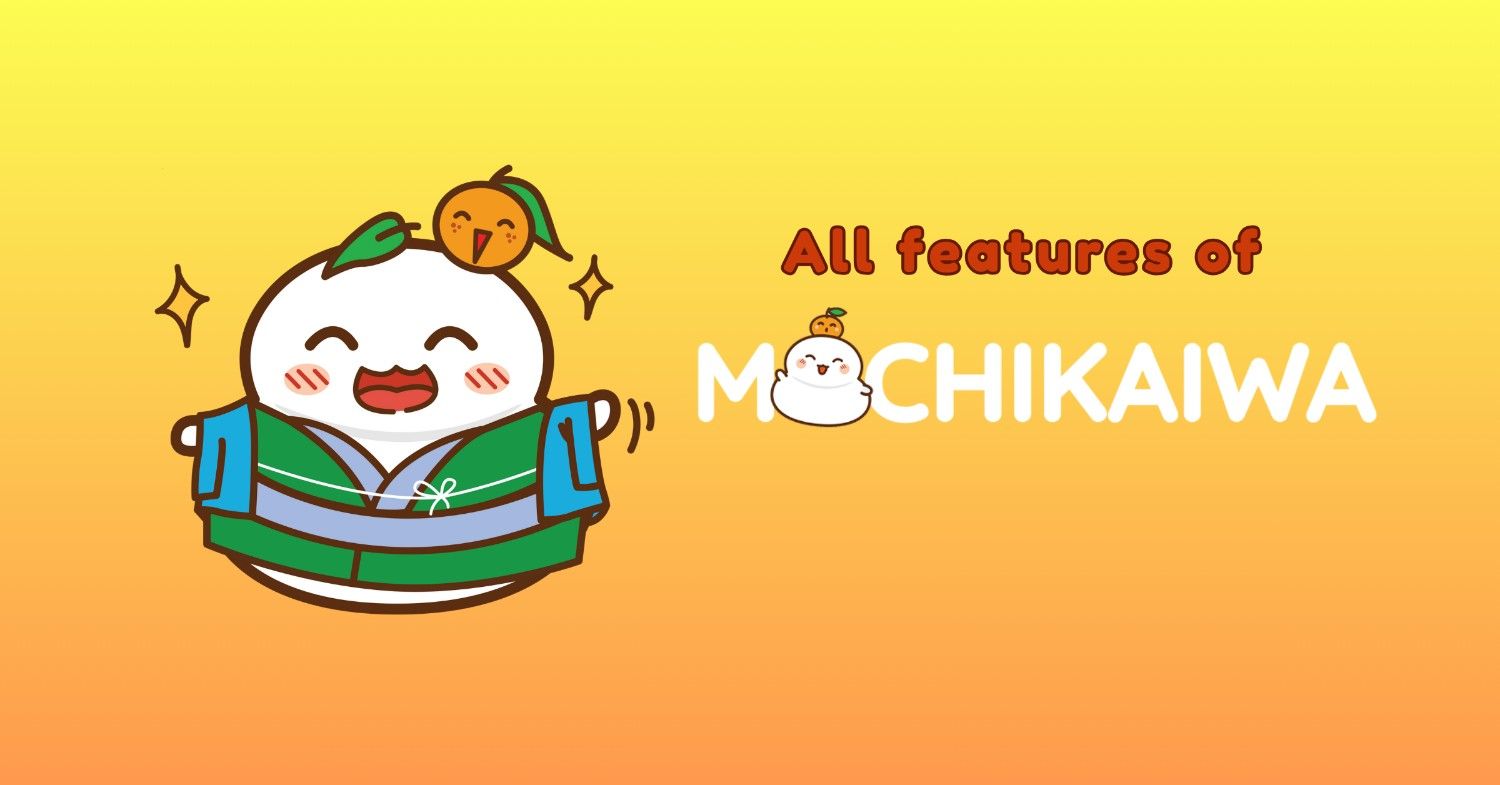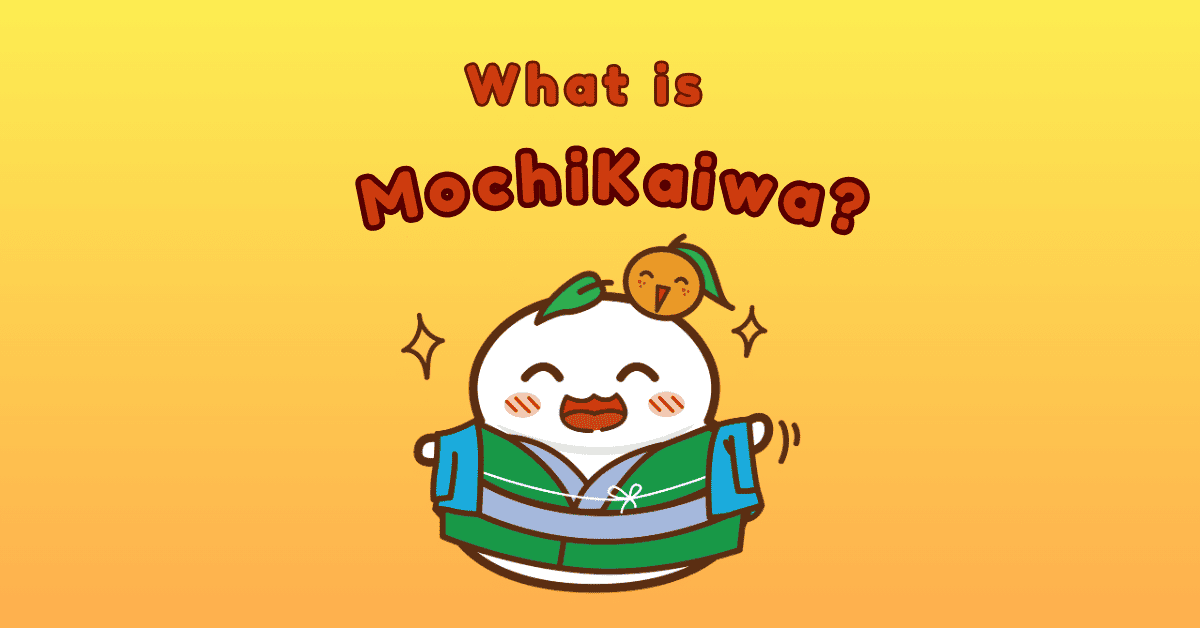If you want to start learning Japanese but are not sure what to do first and what process is effective and faster to master the language, then please keep reading this article.
Also, if you’re finding the answer for “how to learn Japanese?” here is an effective learning path we created to help you study Japanese systematically from zero.
All right, let’s get started!それでは始めましょう!
- Setting your goals (timeline & target)
- Learning the basics: Japanese Alphabet
- Learning Kanji and vocabulary
- Using a textbook to learn grammar
- Bonus tips
- FAQs

Setting your goals (timeline & target)
This is an important step for all language learning processes. Define why you want to learn Japanese because this step will help you stay motivated and track your progress. Having a clear objective, such as conversational fluency or a new chance for work, will guide your appropriate learning path since each learning purpose has a different learning method.
For instance, if you are learning Japanese to take the JLPT certificate for having a job or living in Japan, it is necessary to study this language step by step and schedule your learning plan strategically. However, if you are exposed to the Japanese language to watch anime without subtitles, your learning schedule differs dramatically. Anyway, whatever your reasons are, I will guide you a step-by-step schedule to be able to use Japanese basically.
After defining your learning purposes, the next step is to set short term and long term goals to stay motivated. To be more specific, you wanna pass the JLPT N3 exam, which requires you to get the hang of 650 Kanji and 3,000 Japanese words, so your short-term goal is to pick up 20 – 30 new words & Kanji and review them consistently per day. From there, you will know how to learn and practice to achieve your goal.
It’s great to write down your goals and put them somewhere you can see daily to stay motivated and keep your discipline in the study. Note that setting your goals should be based on the SMART principle, which is specific, measurable, achievable, realistic and time-bound. So, when you write your goal, don’t forget to define a specific time for that goal. The more specific your goal, the easier you can get it. An example for a SMART goal is “I’m in level N4, and my goal is to pass JLPT N3 next 6 months.”
Learning the basics: Japanese Alphabet
You determined the reason why you are studying Japanese, now we will move on to the most basic part in Japanese that all learners have to know. The first thing you need to do is learn the Japanese writing system. Learning the Japanese writing system is very daunting for an English speaker because of how different it is from the English alphabet.
Additionally, the Japanese writing system is really three writing scripts that work together. These three scripts are called Hiragana, Katakana and Kanji. Of which, Hiragana and Katakana (also called Kana) serve as a foundational knowledge of learning Kanji. Here are some steps to help you learn them effectively.
1. Start with Hiragana: Hiragana is the basic syllabary used in the Japanese writing system. Begin by learning one row at a time (あ-い-う-え-お, か-き-く-け-こ,…) and gradually add new rows.
2. Practice writing: Regularly practice writing Kana characters on paper. This will help you memorize the stroke order and improve your handwriting.
3. Drill exercises: Utilize flashcards, online quizzes, or smartphone apps that provide practice exercises for hiragana and katakana.
4. Write and repeat: Write out each character multiple times, saying the pronunciation aloud as you write. Repetition is key to reinforcing your memory.
5. Use mnemonics: Mnemonics provide a creative and memorable way to associate Hiragana and Katakana characters with familiar images or stories. Associate each Hiragana or Katakana character with a vivid image or story that helps you remember its shape and sound. For example, the Hiragana character あ (a) could be associated with an “alien”, while i (い) might be visualized as a “ice cream” stick.
Another way to master Kana in just one week is using an app called MochiKana – Learn Hiragana. MochiKana divides all characters from basic to advanced into many lessons, practices, and mock tests. With this step-by-step learning path, you are able to become familiar with basic Japanese gradually in a short time. Additionally, MochiKana offers various learning games such as vibrant flashcards, audio quizzes, multiple choice questions and writing practices, which will help you master Hiragana and Katakana characters without getting bored.
Try it for free now!
Learning Kanji and vocabulary
It takes only 1-3 weeks to learn these scripts. So, make sure that you master them before we move on to the next step: Getting exposure to learn Kanji. It’s important to learn Kanji, a critical aspect of learning Japanese, which consists of thousands of Chinese symbols that represent entire words, ideas or phrases. Knowing very basic Kanji will enable you to understand, speak and write simple Japanese. But since there are too many kanji, it requires around 2,000 kanji to achieve fluency in Japanese, so don’t think about memorizing all of them before starting to learn vocabulary and grammar. You should start with 100 basic Kanji in N5 level then move on to other complicated Kanji characters.
Kanji is challenging not only because of its large number but also because of its complexity. Kanji often have at least two meanings or readings, and they also have intricate stroke order. So one of the most challenging aspects of Japanese learners when studying Kanji is that they don’t remember them well. How to read this Kanji, how to write and what’s its meaning are the challenges that learners have to deal with before understanding Kanji clearly.
Kanji is hard like that. But don’t worry, I want to reassure you! In this issue, I will introduce how to learn Japanese Kanji:
First, learn Kanji along with vocabulary
Kanji have multiple readings and meanings but you are not required to memorize all of them if you acquire them through vocabulary. For instance, the Kanji character “先”: In the word 先生 meaning teacher or former, the Kanji “先” is pronounced as “せん – sen,” while in the word “先” meaning first or before, it is pronounced as “さき – saki.” Therefore, when learning Kanji through vocabulary, you could remember all the meanings accurately via each context.
Second, learn Kanji stroke orders
I recommend learning the stroke order as well. The stroke order comes in handy when understanding kanji. By writing according to the stroke order, one can write beautiful characters, and complex kanji can be easily understood by looking at them in detail. If these points are kept in mind, kanji will become somewhat more familiar.
Third, try Spaced Repetition
You should apply the Spaced repetition technique especially if you’re struggling in learning many Kanji and vocabulary in a short time. The Space Repetition System is also a scientific and useful technique in learning Kanji and vocabulary. It is a learning method that allows students to learn effectively by extending the interval between the previous learning and the review of that learning. By reviewing what you learned when you are about to forget, you could improve your memory ten times better.
That specific timing is the best time to memorize. But you may think that you don’t know when it is the right time. That is where I introduce MochiKanji – Learn Japanese for you.
MochiKanji is a Kanji and vocabulary learning application that uses the Golden Time introduced earlier based on the Spaced Repetition technique and its special algorithm. MochiKanji makes the most of this technique, analyzing your learning history and notifying you with automatic notifications so that you can relearn Kanji and vocabulary at the optimal time. The concept is to learn in this way over and over again to consolidate the memory. Therefore, if you follow MochiKanji’s learning path every day at the time it reminds you, you can memorize 1,000 words and Kanji in a month. You also can experience MochiKanji on the website version.
Using a textbook to learn grammar
After learning Hiragana and Katakana and having a basic knowledge of Kanji, start using a textbook and invest time in understanding basic sentence structures and grammar. For beginner, I recommend to use “Genki1” or “Minna no Nihongo” textbook. Both of them are suitable for beginners as they cover a lot of ground and will introduce you to the language to a proficient level. While Genki is about the comprehensive and well-structured approach which covers grammar, vocabulary, kanji, and practical communication, Mina no Nihongo emphasizes using Japanese in authentic contexts from the beginning, encourages learners to apply what they’ve learned in real-life situations. Choose one textbook, don’t need to use several textbooks at once.
There are also many free videos online so it’s possible to learn by yourself for free, but especially for beginners,I do recommend finding a private Japanese teacher. Once you find your favorite tutor, I recommend taking lessons with the same teacher for a long period of time. Your teacher would understand your weaknesses and habits well, so it will help you to improve faster!
Bonus tips
Most people’s purpose in learning Japanese is to be able to communicate with Japanese people. To be fluent in Japanese, you need to actually talk with people. We recommend making a Japanese friend and talking to them in Japanese. Depending on the area you live, you may think it’s difficult to find a Japanese person, but you can search if there is a Japanese community in your area, or you can find a language partner online as well. If it’s possible, we recommend that you actually go to Japan and communicate with local people. You may make some mistakes or you may not hear what they say and you may feel embarrassed, but it’s totally fine, that means you are in the process of becoming fluent in the language, so don’t worry about it, just keep talking to people. They don’t really care and they don’t remember about your mistake.
In case you don’t find anyone to practice, it’s also effective to use alternative tools. I recommend you to try the Conversation Course in MochiKanji – Learn Japanese. MochiKanji offers daily conversational topics such as traveling, ordering food, getting directions… with two cute characters Mochi & Michi to help learners gain more input and increase their reflexes in Japanese communications.
Start your free trial now!
Well, there is no best way to learn Japanese, but the best thing you can do is spend enough time to learn this language seriously. Start from the basics, learn day-by-day and be patient, then the result won’t disappoint you! Remember to stay motivated, persistent, and open-minded throughout your language learning journey, and you’ll unlock the boundless opportunities that proficiency in Japanese brings. Those are the best ways to learn Japanese that you’re seeking for. Ganbatte kudasai!
FAQs
How can I learn Japanese by myself?
Learning Japanese by yourself can be a rewarding experience with the right approach. Start by setting clear, manageable goals and creating a study plan. Focus on building a strong foundation by learning basic vocabulary and grammar. Use a variety of resources, such as textbooks, online courses, and language exchange partners. Practice regularly by listening to Japanese media, speaking with native speakers, and writing in Japanese. Consistency is key, so make learning a daily habit. Additionally, immerse yourself in the language as much as possible by engaging with Japanese culture through books, movies, and music.
How do beginners learn Japanese?
Beginners typically start with the basics of the Japanese language, which includes learning the writing systems (Hiragana, Katakana, and basic Kanji), essential vocabulary, and fundamental grammar. It’s helpful to start with simple phrases and sentences, then gradually build up to more complex structures. Using beginner-friendly resources like textbooks and online guides can provide a structured learning path. Practice speaking, listening, reading, and writing regularly to develop all language skills. Joining a class or finding a language partner can also provide support and motivation.
Is Japanese harder than Korean?
The difficulty of learning Japanese compared to Korean can vary depending on your native language and background. Both languages have unique challenges. Japanese is known for its complex writing systems and honorifics, while Korean has a different grammar structure and pronunciation rules. Japanese uses three writing systems (Hiragana, Katakana, and Kanji), which can be challenging to master. Korean, on the other hand, uses an alphabetic script called Hangul, which is relatively straightforward to learn. Ultimately, the perceived difficulty can depend on personal factors, such as your linguistic background and learning style.
What should I learn in Japanese first?
When starting to learn Japanese, focus on the following key areas:
- Hiragana and Katakana: Mastering these two phonetic alphabets will give you the ability to read and write basic Japanese.
- Basic Vocabulary and Phrases: Learn common words and everyday phrases to build a practical foundation for communication.
- Essential Grammar: Understand fundamental grammar structures, such as sentence formation and verb conjugation.
- Pronunciation: Practice correct pronunciation to ensure you are understood and can understand others.
- Basic Kanji: Begin with a few essential Kanji characters to start recognizing and using them in context.

